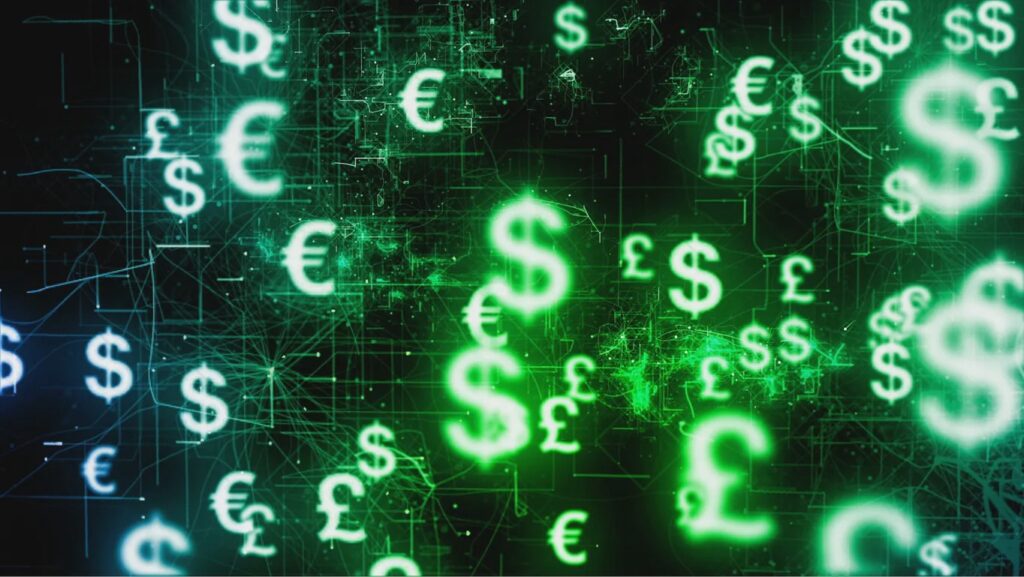
Any form of money or payment that exists entirely in electronic form is referred to as digital money or digital currency. Digital money, unlike a dollar bill or a coin, is not physically palpable. Online systems are used to account for and transfer it. Digital currencies have qualities comparable to traditional currencies, but unlike printed banknotes or minted coins, they do not have a physical form. The lack of a tangible form allows for near-instantaneous transactions over the internet and eliminates the cost of distributing notes and coins.
Nowadays, a type of digital money is already present in the form of currency held in online bank accounts. This cash can be sent to others or received from them. It can also be used for online transactions.
The origins of digital money may be traced back to the development of the internet. In the beginning, it was difficult to persuade individuals to use digital money; but, as people get more familiar with technology, and the technology itself becomes more safe and secure, more people are now eager to use digital currencies. PayPal is widely regarded as one of the first successful firms to popularize the concept of simple digital financial transactions.
Digital money is comparable to cash in concept and use in that it may be used as a unit of account and a medium for daily transactions. However, it is not money. Dollars in your online bank account, for example, are not digital money since they have physical form when you withdraw them from an ATM.
Digital money streamlines the monetary transaction process. For example, as compared to traditional money, the technical rails of digital money can make monetary transactions across borders easier and faster. Such transactions are expensive and time-consuming because they involve the use of disparate processing systems.
One of the goals of digital money is to eliminate the time lag and operational costs associated with such transactions by utilizing distributed ledger technology (DLT). To execute transactions in a DLT system, nodes or shared ledgers link to establish a common network. This network may easily be extended to other jurisdictions, reducing transactions processing time. It improves the robustness of a financial network by reducing the need for a centralized database of records, providing transparency to regulators and stakeholders.
As a result of these benefits, digital money has become a priority for various governments around the world. According to a poll by the International Monetary Fund (IMF) a February 2021, around 111 countries from its 159 member nations are investigating or preparing to use digital money soon.
Advantages of digital money
- It does away with the need for physical storage and safekeeping which is a common in cash-intensive systems. You do not need to invest in a wallet or bank vaults to ensure that your money is not stolen.
- Through technology, it streamlines transaction accounting and record-keeping. As a result, there is no need for manual accounting or separate entity-specific ledgers to keep track of transactions.
- Digital money eliminates middlemen in monetary policy execution and allows previously excluded individuals to participate in the economy. Unbanked people, for example, can still participate in the economy by utilizing digital money in their online wallets or on their mobile phones.
Disadvantages of digital money
- Digital money is susceptible to hacking. Even though digital money eliminates the need for physical storage, its technological roots make it a target for hackers who can steal from digital wallets
- The usage of digital money may jeopardize user privacy. Cash is untraceable and tracking and tracing its users is practically difficult. Digital money, on the other hand, can be tracked.
Summary
Digital money is a significant advancement in financial technology.It solves cash’s shortcomings and makes payment systems faster and cheaper.
However, it comes with the accompanying technological issues, since digital money may be hijacked and can undermine privacy.
While digital money is still in its early stages, it will play an essential role in the future of finance.


Insightful and detailed, offering in-depth analysis and valuable insights that enhance reader understanding.